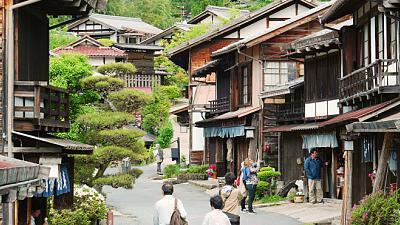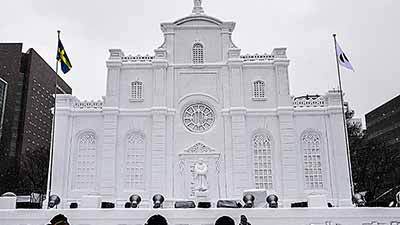After the Earthquake: A trip to Sapporo

Earlier this month on September 6, a strong earthquake hit Hokkaido about 60 kilometers southeast of Sapporo, the prefectural capital, close to the coastal city of Tomakomai. Over forty people died and hundreds more were injured, especially in landslides caused by the tremors. Although most of the physical damage was limited to the areas closest to the epicenter, several power plants were impacted, causing widespread power outages across Hokkaido for a couple of days. Many transportation services were suspended for a brief period, and Shin-Chitose Airport was closed.
However, within a few days much was back to normal. Tram and subway lines in Sapporo restarted service on September 7, and Shin-Chitose Airport resumed regular operations on September 8. Although for the following two weeks people and businesses in Hokkaido were asked to save electricity, the power supply situation has now normalized. One of the biggest impacts of the earthquake was on the tourism industry, with numerous travel plans cancelled and a significantly diminished number of visitors.
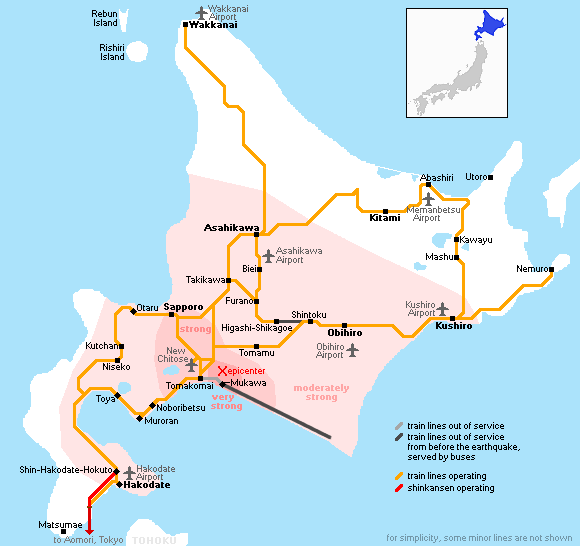
Two weeks after the event, I took a trip to Sapporo to survey the current situation at many of the city's popular tourist spots. Although I will go into detail for each spot below, my overwhelming impression is that the city seems completely recovered. If you are wondering whether or not it's alright to visit Hokkaido now, the simple answer is yes.
Odori Park
In Odori Park I was glad to find there was quite a bit of activity and the Sapporo Autumn Fest in full swing. The festival runs until September 30 with numerous vendors set-up throughout the park selling local Hokkaido food and drink products. The illumination of the TV Tower had been switched off in order to conserve electricity, but has recently been turned on again. Similarly the observation deck of the TV Tower has also reopened.
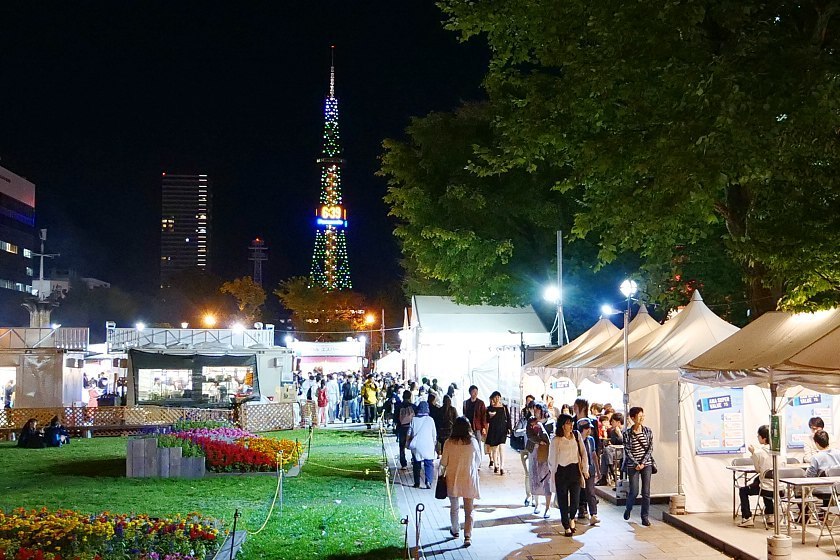
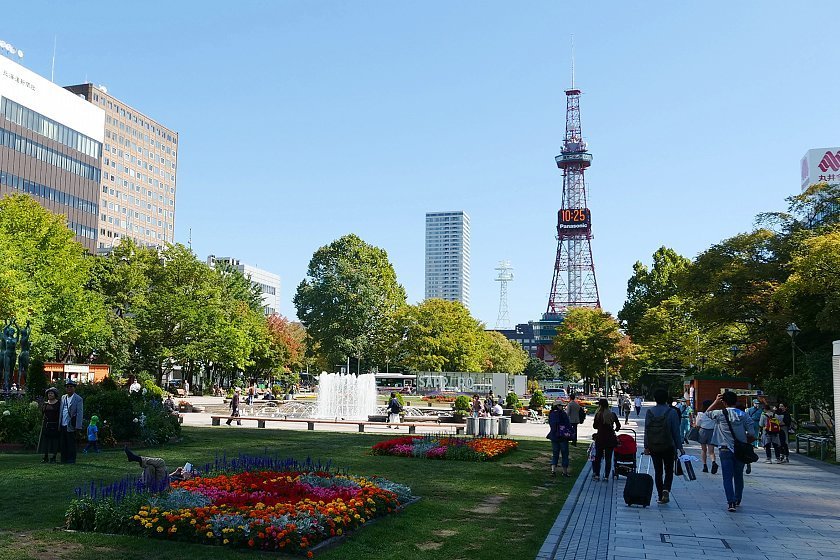

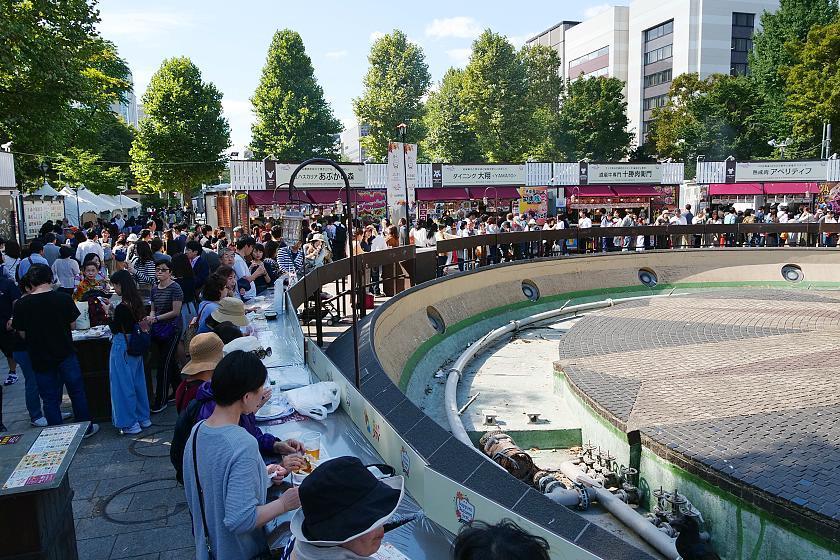


Susukino District
The Susukino District is known for its bright lights and night life, so during the power shortages it wasn't quite itself. However, now the lights are back on and even the famous Nikka Whiskey sign is fully illuminated. The various shops and establishments are open and ready for customers as well. Similarly, the city trams which add to the charm of the area are once again running normally.
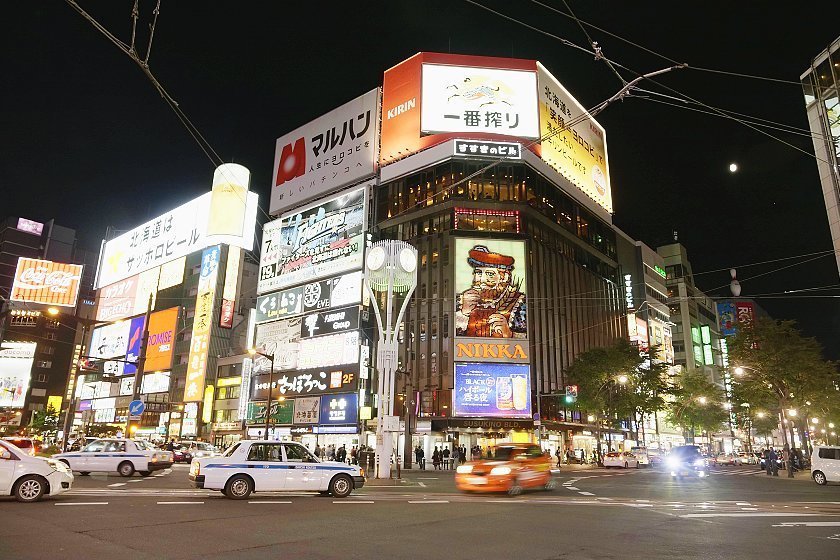
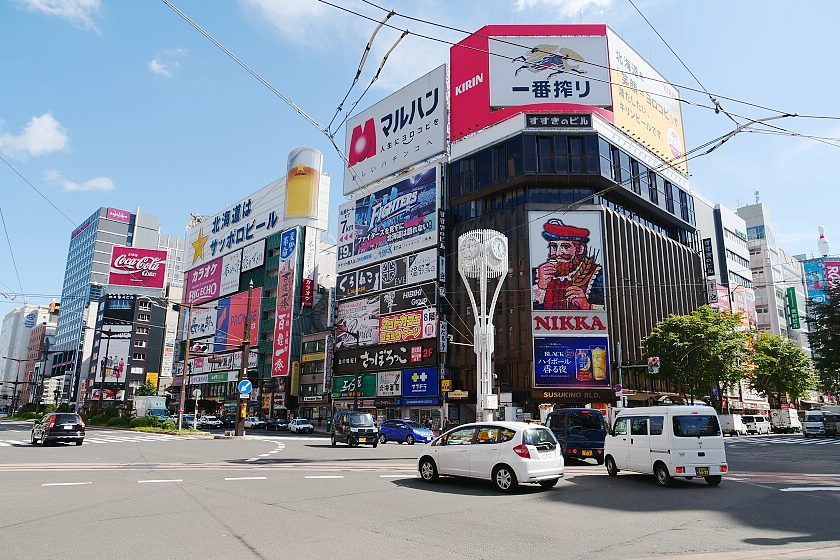
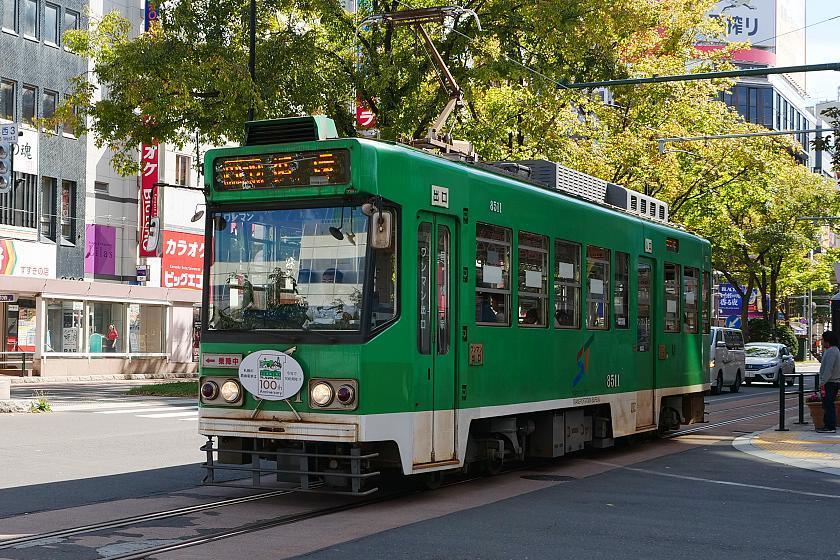
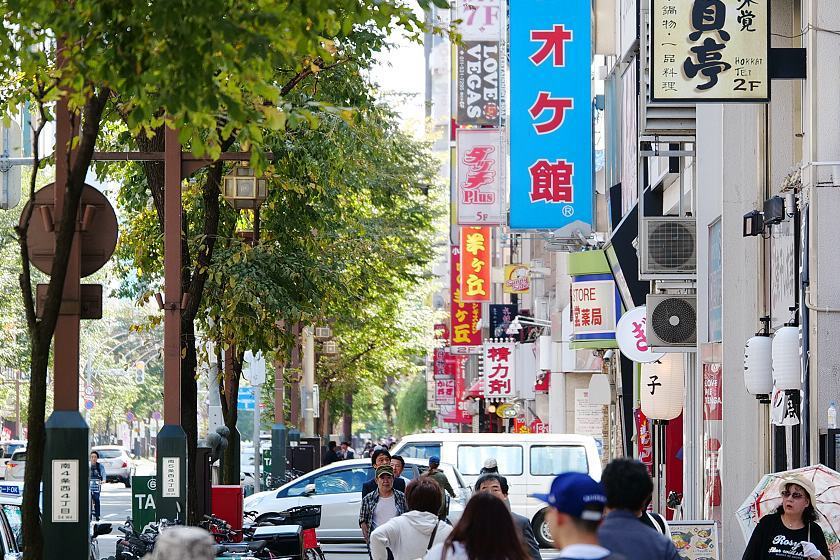
Sapporo Beer Museum
One of the most famous destinations in the city is the Sapporo Beer Museum. When I arrived at the iconic brick building, the museum was open as normal and unaffected, except for the fact that there were only a few other visitors there with me. All the displays explaining the history of beer in Japan were fully lit, and the tasting area ready to provide a sample of the legendary brew.
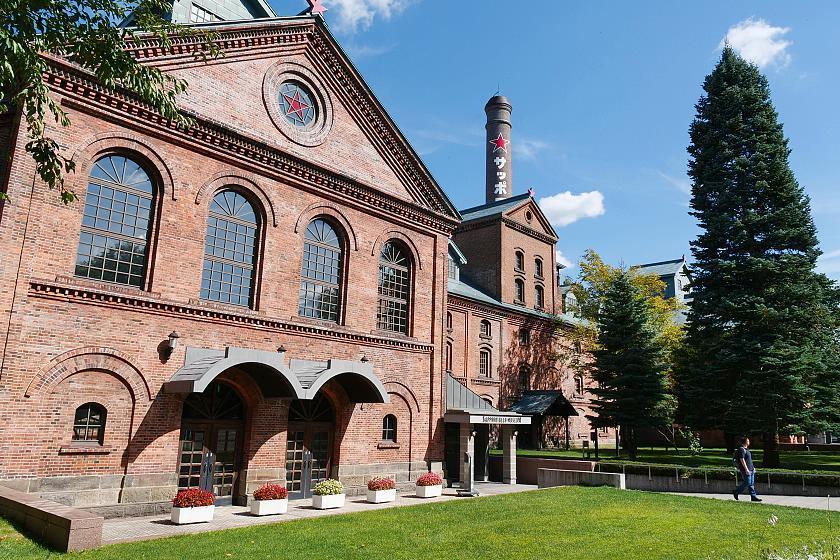
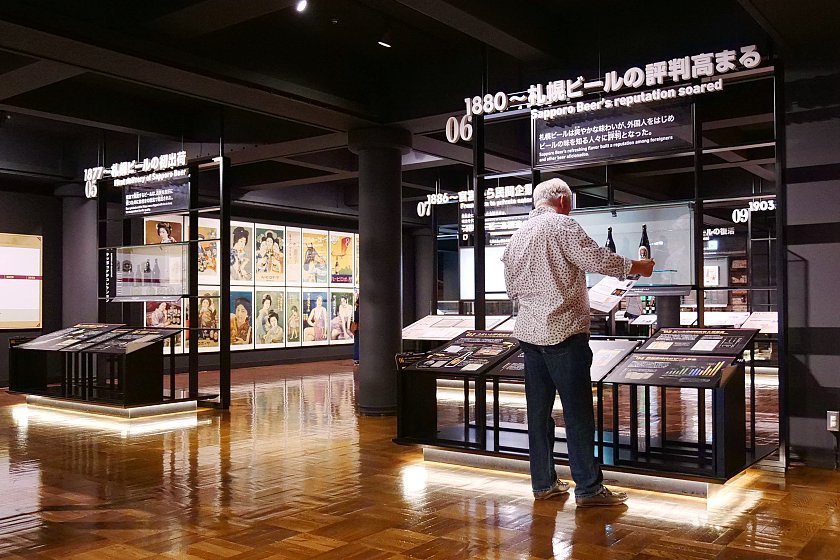
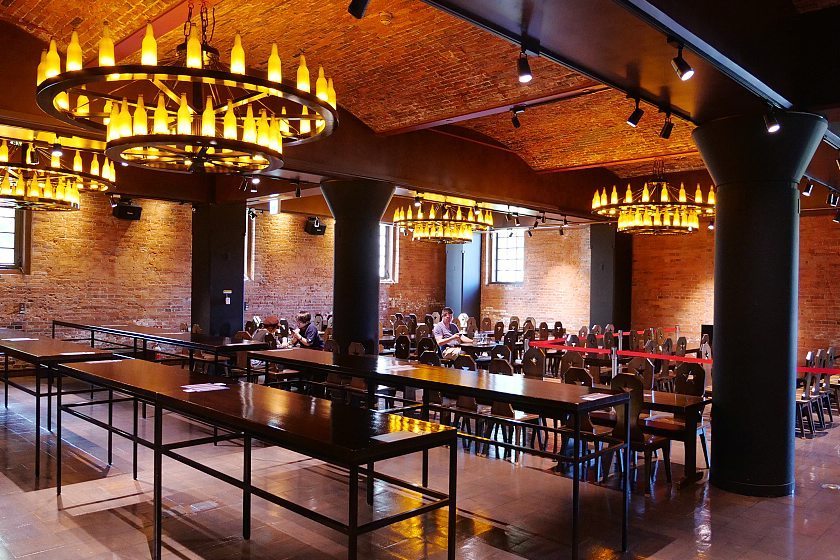
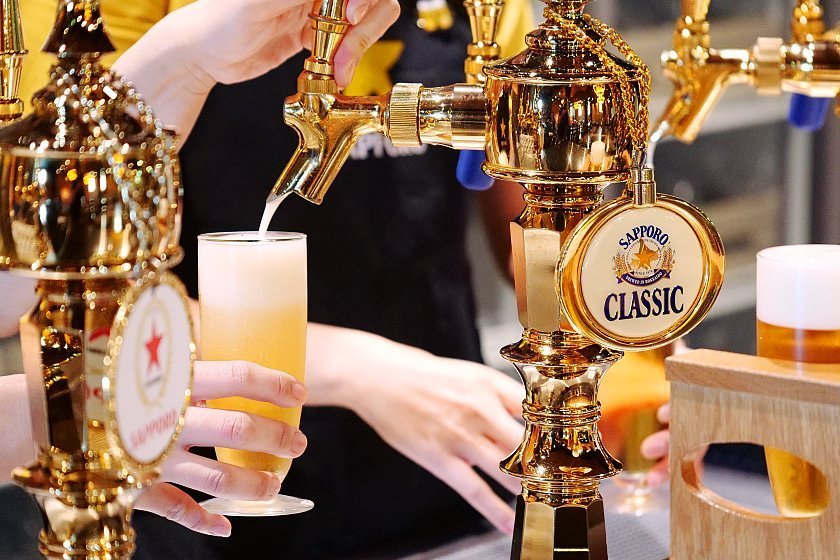
Sapporo Station
For one day after the earthquake train service was temporarily suspended and Sapporo Station was dormant. However, trains gradually restarted running along train lines across Hokkaido, and the situation has normalized in the meantime. The multiple shopping centers around the station as well as the attached JR Tower have also reopened.
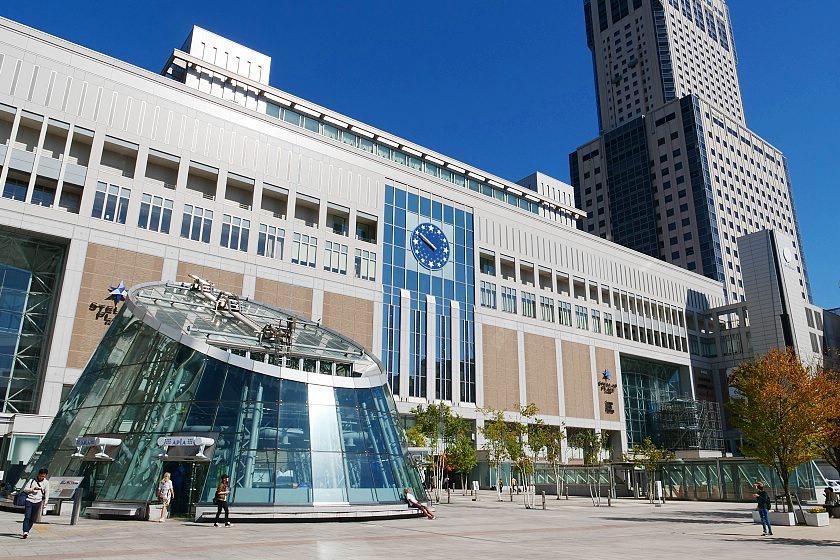
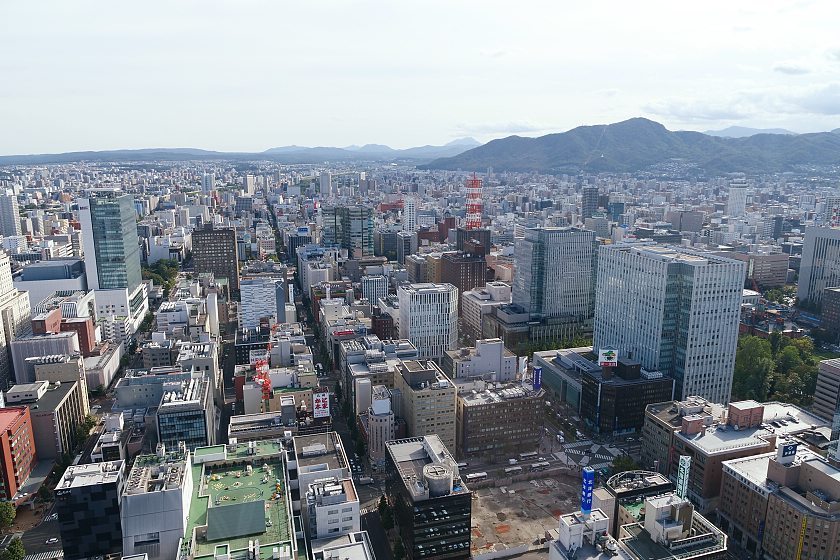
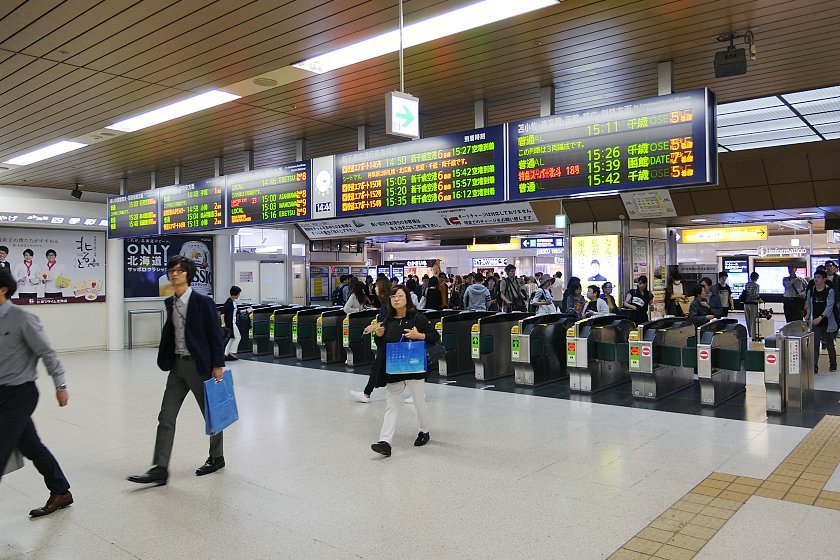
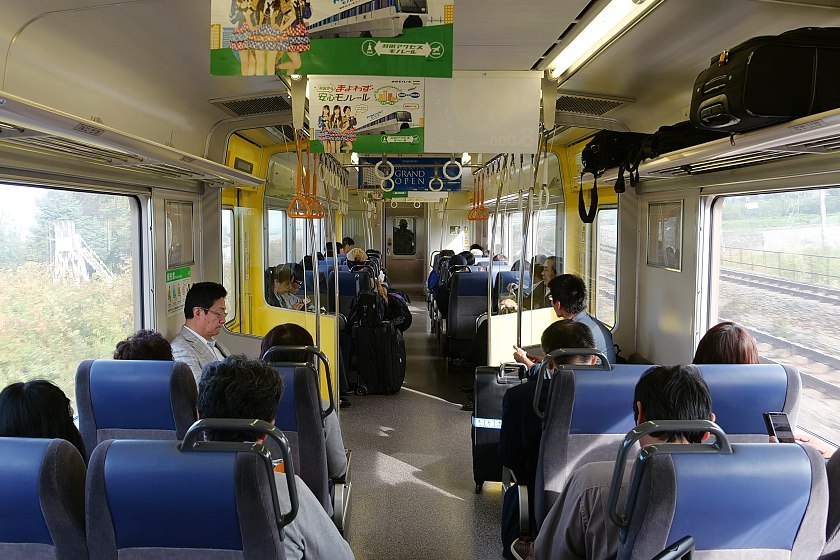
Shin-Chitose Airport
On September 7, the day after the earthquake, Shin-Chitose Airport reopened, and the following day resumed regular operations. When I arrived, departure and arrival boards were full with flight listings and the runways in full use. Shin-Chitose is one of my favorite airports in Japan, and I was glad to find its many shopping, dining and entertainment facilities are also open. My return flight was only about half full with passengers, and I suspect this is related to the diminished number of tourists since the quake.
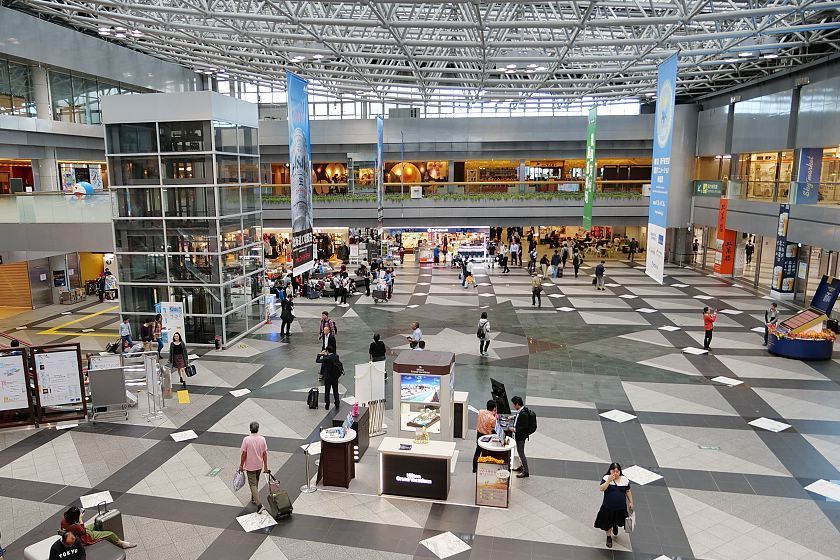
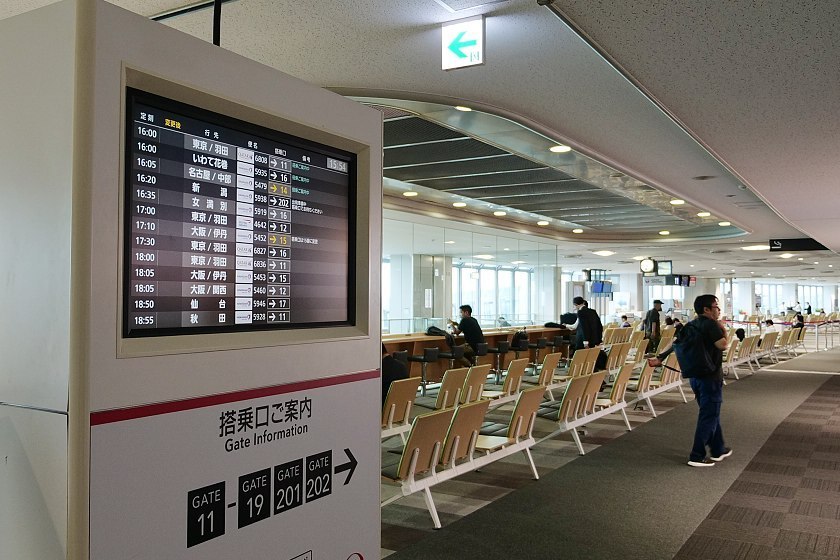
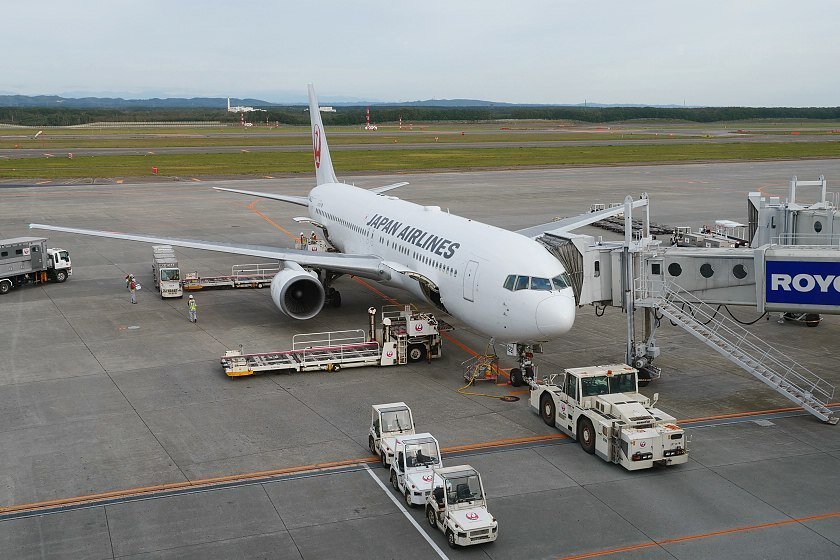
After seeing the state of Sapporo first hand after the earthquake, I can confirm that the city has recovered and is its usual charming self. Although tourist numbers are currently lower than usual, this could also be considered an excellent opportunity to see the city's more popular attractions with somewhat diminished crowds.

